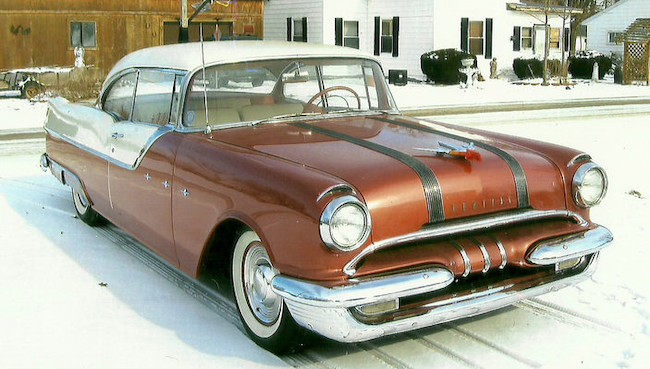Austin-Healey Sprites (Wikipedia entry here) entered production in 1958, a run that lasted into 1971. The best-known Sprite design (shown above) was what's now called the Mark I (of 1958-1961). I posted about it here.
Today's post is a walkaround that offers more detail and evaluation than my previous effort.
The Sprite was an entry-level sports car where development and production costs were minimized perhaps more strongly than normal. Maybe the best-known instance is the "Bug Eye"or "Frog Eye" headlight assemblies.
As I noted in my previous post: "... it was originally intended that the Sprite's headlights would be hidden when not in use. They would pivot upwards when turned on in the manner of cars such as the Porsche 914. However, this feature was rejected for reasons of cost. Another solution would have been to place headlights on the front fenders, and this was done on the second-series Sprites."
With the passage of time, those headlights seem lovable for some folks. But not me. Yes, they made Sprites distinctive from a marketing standpoint, yet styling-wise, I consider them a negative.
Photos of the 1961 late-production Mark I Austin-Hearly Sprite featured below are via England's Historics Auctioneers.
The face of the car has those prominent "eyes" and a grille in the form of a smiling mouth. I don't know if that effect was intentional, but it might well have been.
The body has flat sides and rounded ends. No sheet metal sculpting, no chrome trim on the sides.
Wheelwell openings are rounded, a simple and appropriate solution.
No trunk lid -- that didn't appear until the Mark IIs came along. Note the attachment seams atop the fenderline above the tail lights. Mark IIs were given new fenders similar to those later found on MGBs.
Rear bumper protection is skimpy.
Note the hood cutlines. The entire body front pivoted upwards from hinges on the firewall -- a massive hood. This too was changed on the Mark IIs. Aside from the headlights, the side profile is simple. But not totally so, as there is subtle curving of the fenderline/beltline.
The cockpit with its simple, Spartan dashboard.
The Mark I Sprite's design is basically pretty good, considering its intended price-point. It would have been better if: (1) headlights were retractable as originally planned; (2) a different grille shape was used, perhaps a rectangular theme as found on the Mark IIs; and (3) there was a trunk lid for practical, not aesthetic reasons.












































